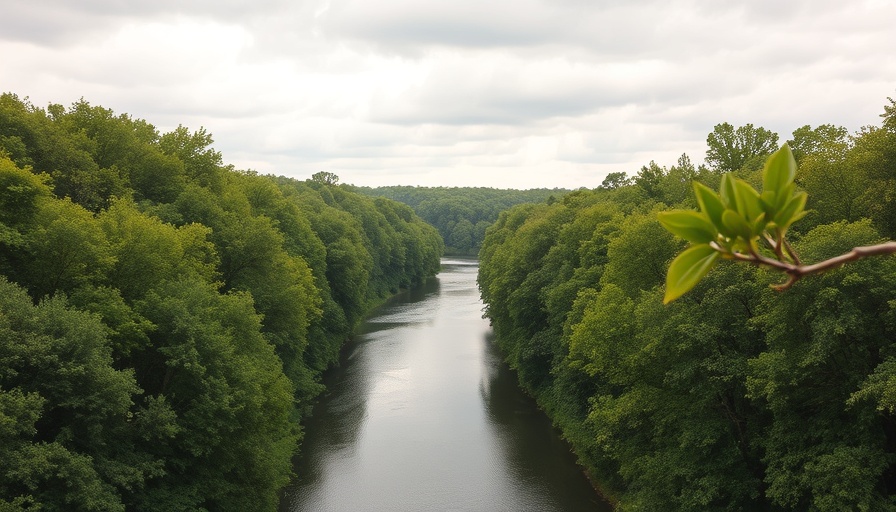
Snowpack Woes: The Dry Summer Ahead
This spring, the Okanagan region faces an unnerving reality as snowpack levels dwindle ahead of the summer months. The latest reports highlight a concerning dive in snowpack percentages, plunging from 82% to a mere 67% of normal levels. Such a drop raises alarms about water availability for both residents and wildlife, as smaller creeks may face the risk of running dry during this crucial period.
What Snowpack Means for Summer Water Levels
According to Jonathan Boyd, a hydrologist at the River Forecast Centre, the implications of low snowpack are far-reaching. "Looking at natural systems, smaller creeks are at risk of getting into lower flows—possibly below critical levels necessary for environmental health," he notes. The implications extend beyond just water supply; they signal potential challenges for the flora and fauna that depend on these ecosystems.
The Bigger Picture: Drought Concerns and Fire Risks
The state of snowpack is not merely a local concern but a crucial piece of the larger puzzle of climate change affecting the region. As warmer temperatures become a norm, the earlier-than-usual snowmelt indicates a shifting climatic pattern that may lead to consecutive dry years. Experts predict that with reduced water levels, this summer could see an uptick in wildfire risks, prompting a crucial need for proactive wildfire prevention measures in the region.
Positive Outlooks: The Ideal Weather We Need
Despite the current deficit, it’s not all doom and gloom. Some experts maintain hope for an adequate end to the season: “We’re holding out for cooler, wetter conditions in May and June,” asserts Boyd. This sentiment offers a glimmer of hope that with a change in weather patterns, the impacts of the dwindling snowpack could be mitigated if necessary moisture arrives in time.
Practical Insights: What Residents Can Do
For residents in the Okanagan, planning for water conservation becomes a critical responsibility. Efficient use of available water resources can play a significant role in mitigating the impending drought. Some actionable steps include rainwater harvesting, reevaluating landscaping choices in favor of drought-resistant plants, and fostering community initiatives aimed at preserving natural water sources.
Common Misconceptions: Not Just a Seasonal Issue
Many may perceive snowpack levels as a concern limited to winter months. In truth, understanding these levels is crucial throughout the year. Water from snowpacks feeds rivers, lakes, and ecosystems even in the hotter months—meaning that current conditions can have a profound impact that lasts well beyond the last snow of the season.
Conclusion: A Call to Awareness
The trajectory of the Okanagan’s water resources is an evolving story shaped by climate change and local actions. As the region braces for a potentially dry summer, it’s essential for residents to be aware, prepared, and proactive in conserving water. By fostering a greater understanding of these dynamics, we can all contribute to sustainable living strategies, ensuring a harmonious balance between the environment and our community needs.
 Add Row
Add Row  Add
Add 




Write A Comment